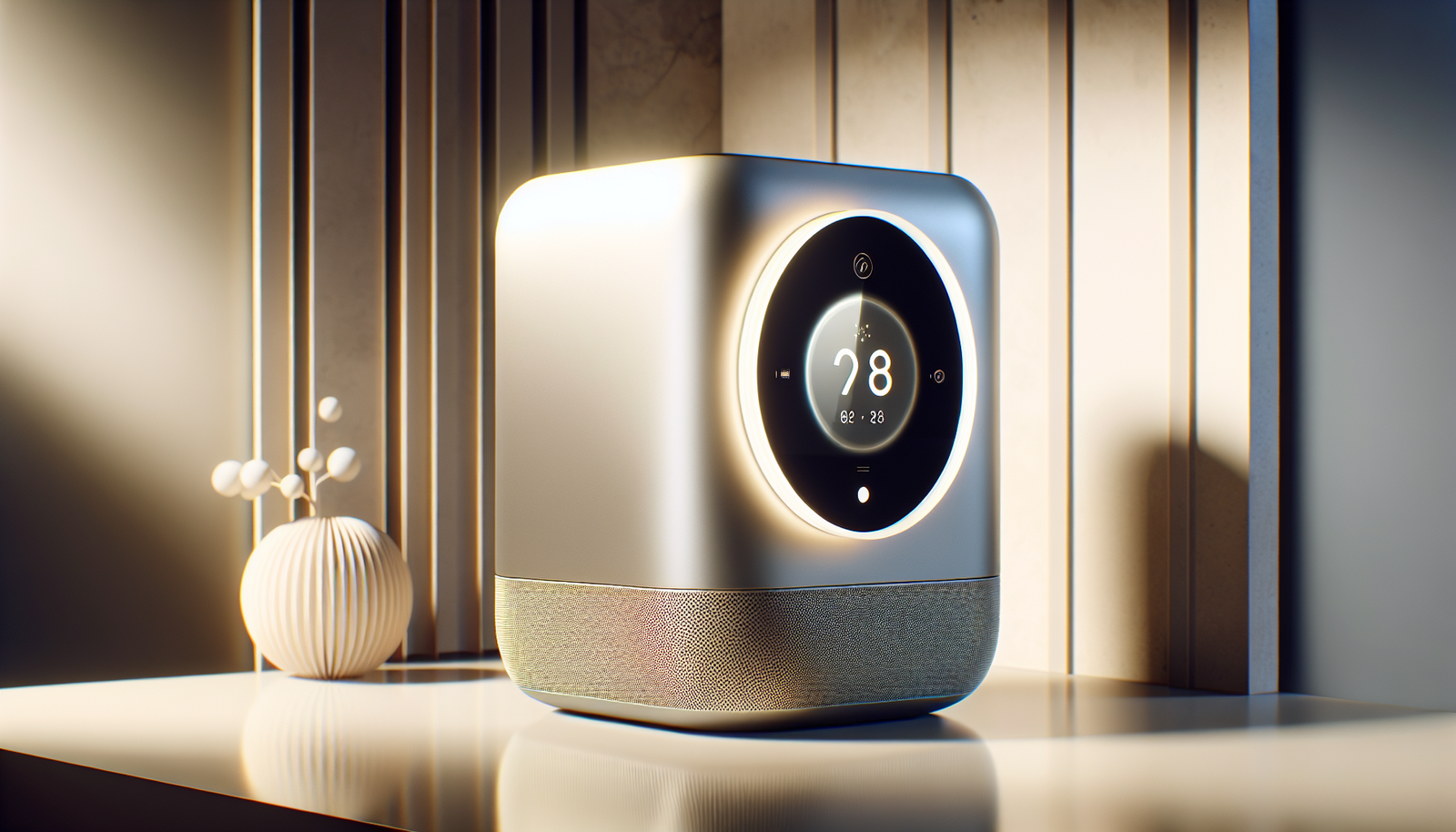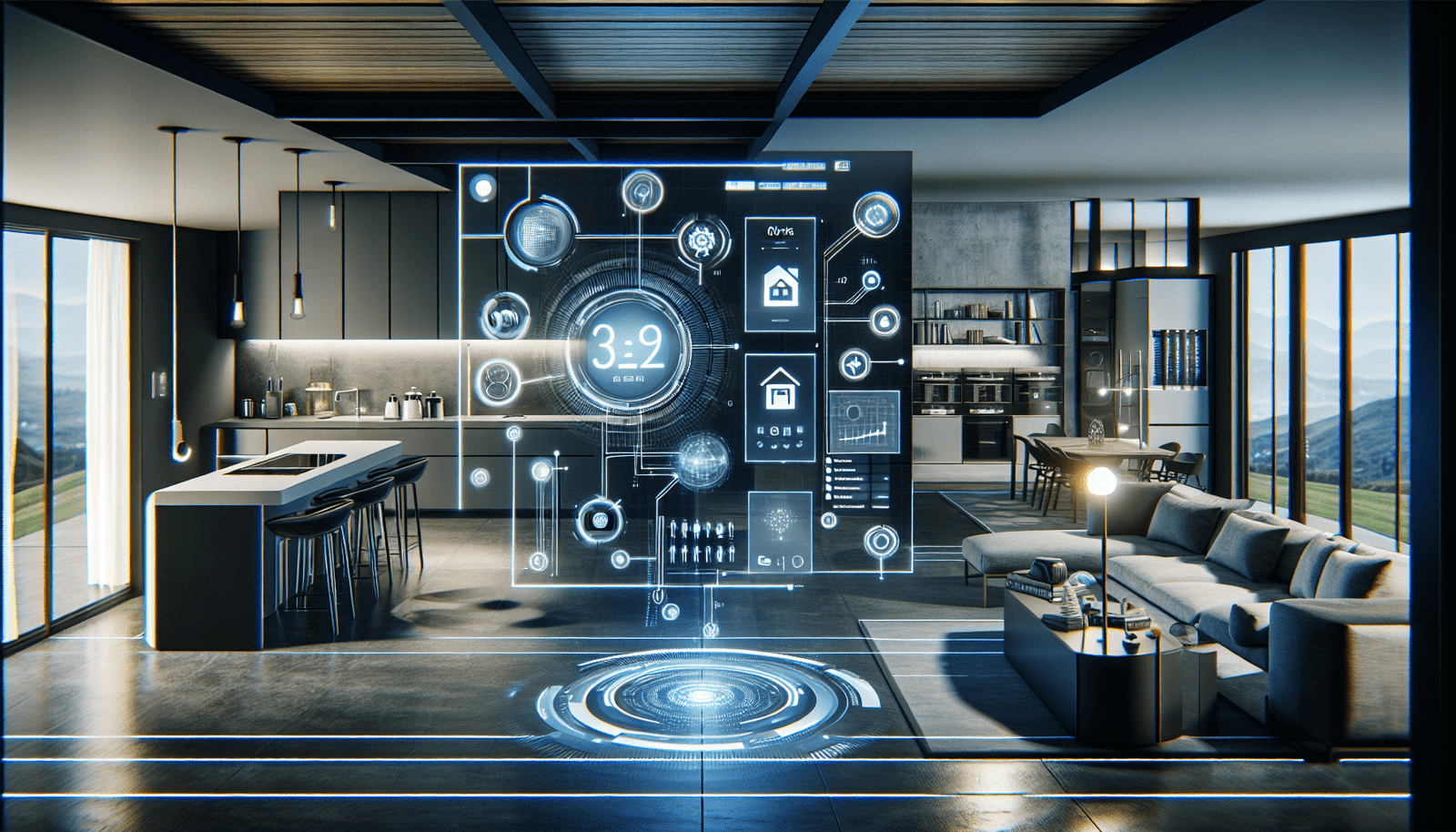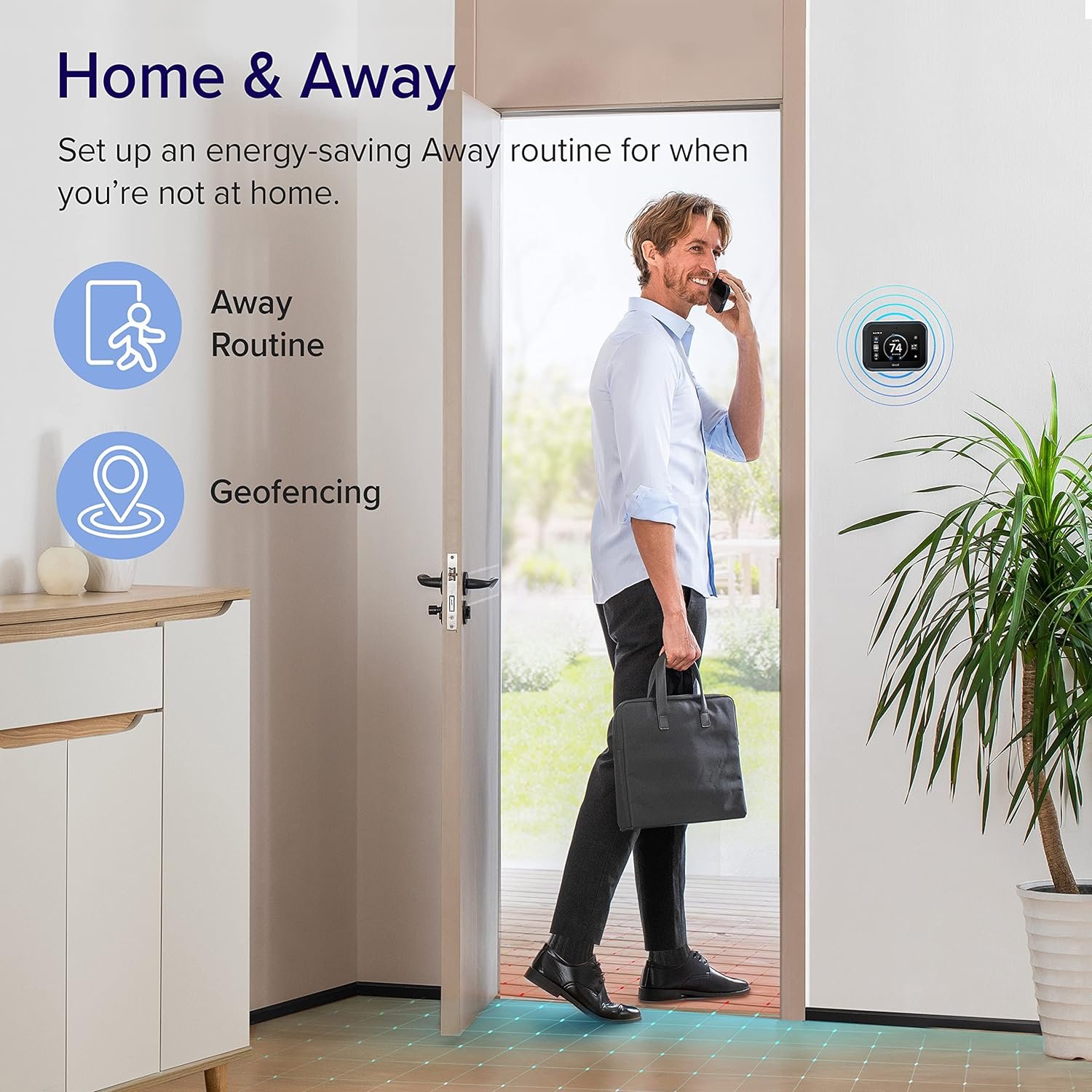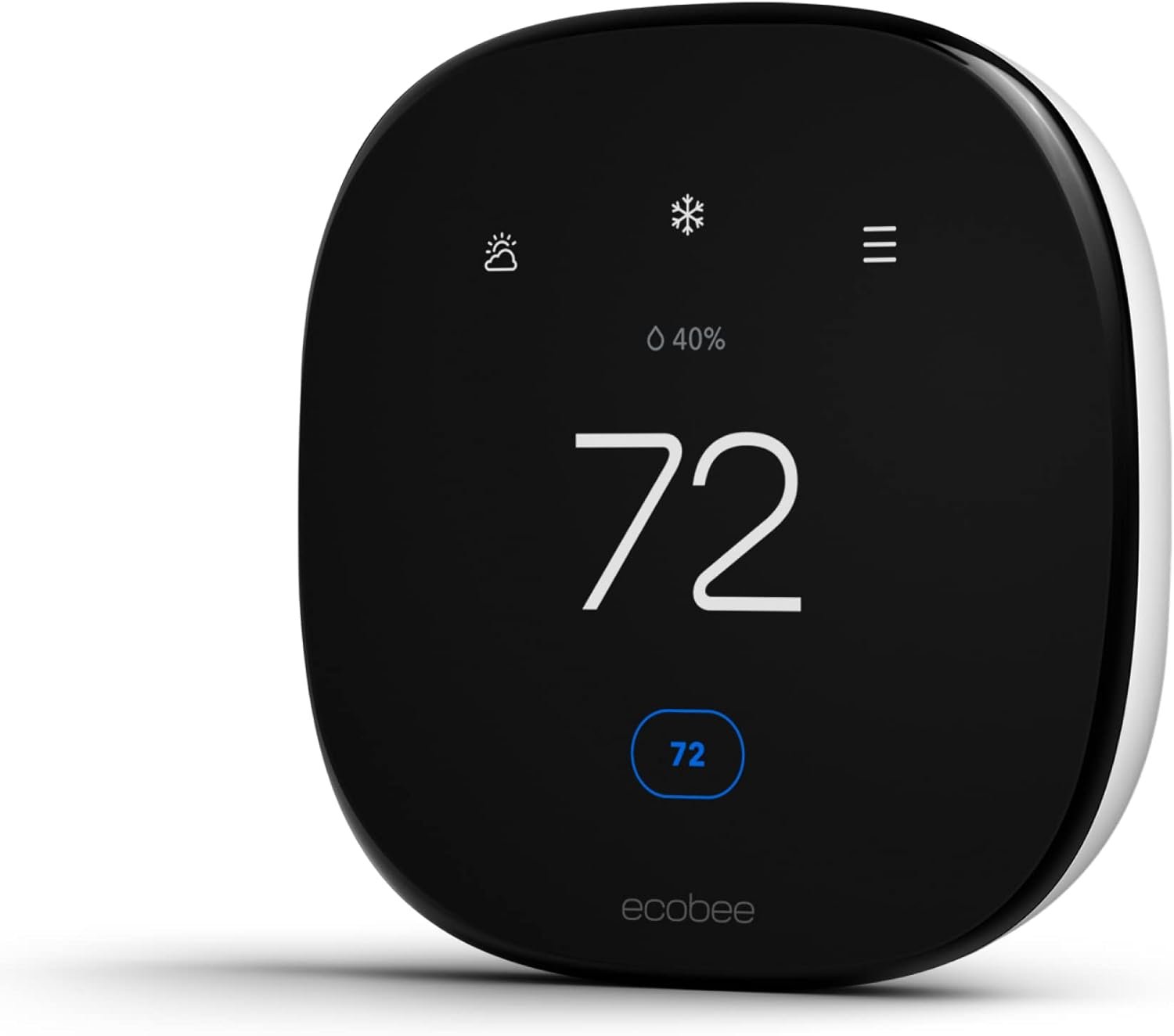Have you ever wondered what makes a smart home security camera truly effective, and how to choose one that suits your needs? In today’s tech-savvy world, blending security with technology is no longer just a trend—it’s a necessity. Whether you’re a homeowner looking to bolster your home’s security, a renter who needs non-permanent solutions, or a first-time buyer trying to navigate this busy market, there’s a lot to consider. Let’s journey through some top features you should look for when choosing the perfect smart home security camera.
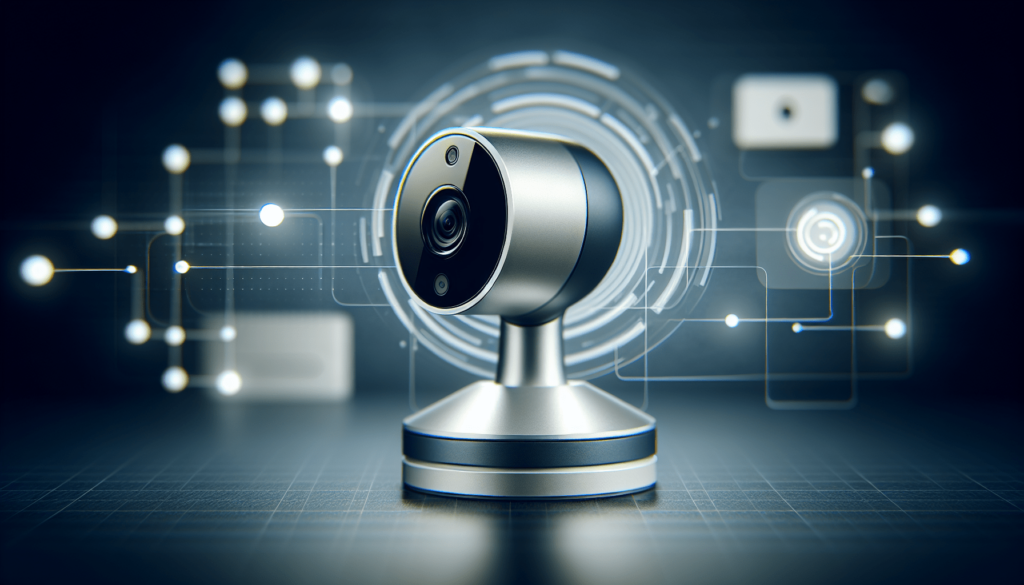
What is Smart Security Technology?
To start, let’s break down what smart security technology involves. In essence, it refers to security systems that connect with your smartphone, tablet, or computer, enabling real-time surveillance with added features like motion detection and two-way communication. Unlike traditional security systems, smart technology works over Wi-Fi and can be controlled remotely, giving you peace of mind wherever you are.
How Does It Work?
Smart security cameras are equipped with advanced technology like AI, enabling them to analyze footage and identify different objects or even differentiate between humans and pets. This information is processed and can be sent to your smart device, allowing you to view, analyze, and act from anywhere, so long as you have internet access.
Key Features to Consider
When you’re in the market for a smart home security camera, there’s a multitude of features to review. Here’s a closer look at some key elements you should consider:
Resolution and Video Quality
One of the most crucial aspects is video quality. High-resolution cameras provide clearer and more detailed images, which can be vital in identifying intruders or tracking activities. Most smart cameras offer at least 1080p HD resolution, while some advanced models provide 4K video quality. Consider what level of clarity is necessary for your surveillance needs.
Field of View
The field of view of a camera determines how much area it can cover. Cameras typically offer a wide range of view angles, from as narrow as 90 degrees to 180 degrees for more expansive coverage. A wider field of view might minimize the number of cameras you need to install.
Night Vision Capabilities
Night vision is a must for any security camera, as potential threats don’t always occur during daylight hours. Look for cameras that offer infrared (IR) night vision or colored night vision for enhanced low-light performance.
Motion Detection and Alerts
Motion detection is an essential feature that not only minimizes constant recording but also alerts you of potential incidents. Advanced cameras incorporate AI to reduce false alarms by ignoring movements from pets or passing vehicles.
Audio Features: Two-Way Talk
Two-way audio allows you to communicate directly with visitors or intruders through your camera. This feature is particularly useful for smart doorbells and standalone cameras, enabling you to interact remotely.
Storage Solutions: Cloud vs. Local
Storage is another critical aspect. Many cameras offer cloud storage options, providing a convenient way to access your footage anywhere. However, they might require a subscription fee. On the contrary, local storage (via SD cards or external drives) may be a one-time investment but could limit accessibility.
| Feature | Description |
|---|---|
| Resolution | High-definition (1080p or 4K) for clear and detailed video quality |
| Field of View | Wide-angle lens (90-180 degrees) for comprehensive coverage |
| Night Vision | Infrared or colored night vision for better visibility in low-light conditions |
| Motion Detection | AI-powered to reduce false alerts from non-threats like pets or weather |
| Two-Way Audio | Communicate directly through the camera |
| Storage Options | Cloud (subscription-based) or local storage (SD card or drive) alternatives |
Installation and Integration
You might be wondering about how these can fit into your home. While some cameras are specifically designed to be easy to install, here’s what to generally consider:
DIY Installation
Many smart security cameras are built for the do-it-yourself enthusiast, with easy-to-follow guides and minimal tools required. Whether it’s a wireless model with peel-and-stick mounts or a hardwired system needing basic electrical knowledge, self-installation is usually a straightforward process.
Integration with Existing Ecosystem
It’s important your camera integrates seamlessly with your existing smart home system. Cameras that are compatible with platforms like Amazon Alexa, Google Assistant, or Apple HomeKit can help you create a fully integrated, user-friendly home environment.
Privacy and Security Concerns
Privacy is a serious consideration when dealing with connected devices. While smart security cameras offer many advantages, they can pose privacy challenges if not properly secured against cyber attacks.
Protecting Your Data
Ensure that the camera you choose has robust encryption protocols and offers multi-factor authentication for user access. Regular firmware updates from the manufacturer are also essential to patch security vulnerabilities.
Real-Life Examples of Security Benefits
Stories abound of homeowners deterring intruders or confirming package deliveries remotely, thanks to smart cameras. Consider these benefits to envision how they could support your lifestyle.
Emerging Trends
Smart home security is an evolving field. Innovations like AI-powered analytics, facial recognition, and integration with IoT devices are continually expanding the capabilities of smart cameras. Staying informed on these trends can guide informed decision-making.
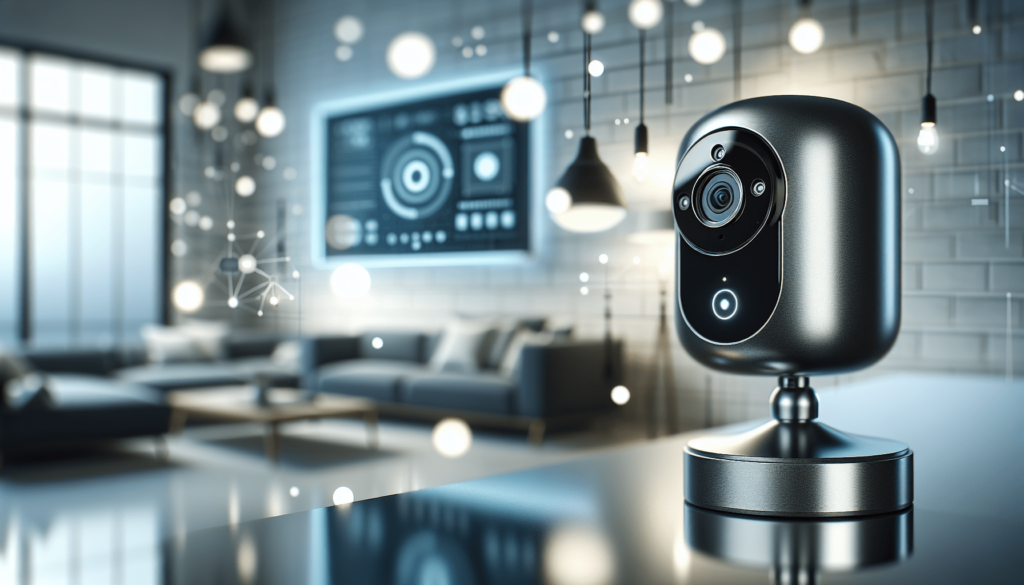
Potential Risks and Safeguards
As much as smart home cameras can provide peace of mind, being aware of potential risks is crucial. Here’s how you can minimize these risks:
Privacy Settings and Controls
Make use of privacy settings and features on your camera. Masking or zone setting options can ensure sensitive areas are not monitored when unwanted.
Hacking Threats
Cyber attacks are a real threat, so it’s vital to secure your devices by using strong, unique passwords and regularly updating camera software.
User Testimonials and Feedback
Before purchase, research user reviews and testimonials. Real-world feedback can provide a practical insight into daily usability and longevity of the product.
Making the Right Choice
Choosing a smart home security camera involves balancing several factors. By ranking your priorities—whether video quality, ease of installation, or smart feature integration—you can focus on cameras that best suit your needs.
Final Thoughts
Smart home security cameras, with their ability to integrate seamlessly into modern lives, offer enhanced security and a host of convenient features. By considering key factors such as video quality, field of view, and storage options, alongside security measures to protect your data, you’ll be well equipped to choose a system that brings both safety and smart convenience to your home.
Remember, staying informed on the latest technological advancements and understanding how to protect your privacy while utilizing these devices can transform your home security experience.
Disclosure: As an Amazon Associate, I earn from qualifying purchases.


